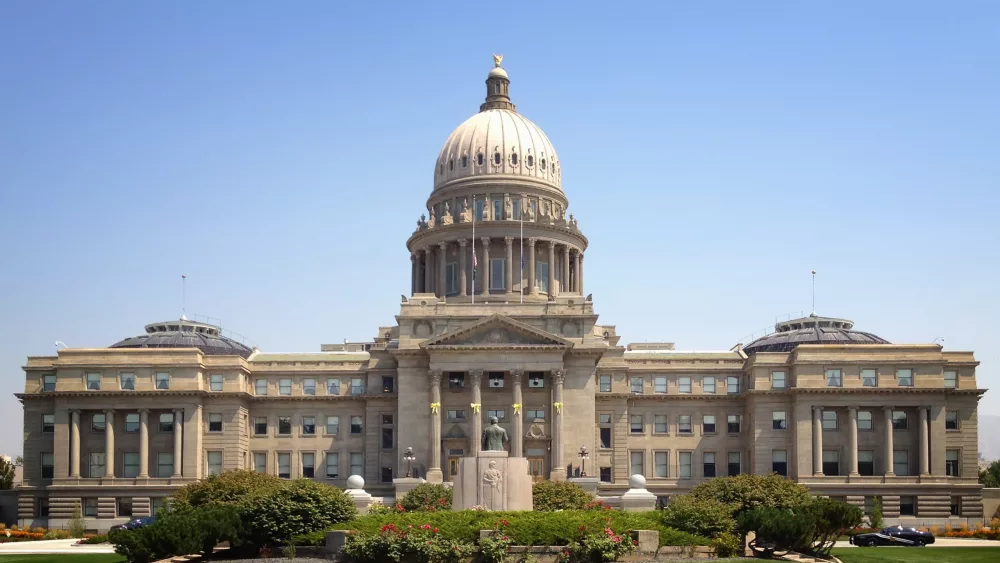(Boise, ID) U.S. Senators Mike Crapo (R-Idaho), Mark Kelly (D-Arizona) and John Hickenlooper (D-Colorado) are applauding the inclusion of language based on the Fighter Force Preservation and Recapitalization Act in the Fiscal Year (FY) 2025 National Defense Authorization Act (NDAA). The U.S. Senate passed the FY 2025 NDAA by an 85-14 vote on Wednesday.
Crapo and Hickenlooper introduced the Fighter Force Preservation and Recapitalization Act in July 2023. Kelly subsequently secured the language in the FY 2025 NDAA.
“Force reductions in squadrons–such as the Idaho Air National Guard’s 190th Fighter Squadron–reduce preparedness and jeopardize the strength of our fighting force,” said Crapo. “Inclusion of this language in the FY 2025 NDAA requiring the U.S. Air Force to submit a plan for sustainment and recapitalization of Air National Guard fighter squadrons ensures their preservation amid increasing national security threats at home and abroad.”
“Preserving and modernizing our Air National Guard fighter squadrons is a National Defense Strategy imperative. The 2025 NDAA’s inclusion of Fighter Force Preservation and Recapitalization language is a meaningful next step to ensuring units like Idaho’s 190th Fighter Squadron remain ready, relevant, and fully equipped to defend our nation in an era of complex and immediate threats,” said Maj Gen Tim Donnellan, the Adjutant General of Idaho and the commander of the Idaho National Guard. “Idaho has a proud legacy of excellence in air combat operations, and this effort reinforces our commitment to staying at the forefront of national defense. By sustaining and recapitalizing our fighter fleet, we’re not just maintaining capability–we’re ensuring that the Air National Guard remains a vital, experienced and an indispensable part of the Total Force for years to come.”
“The Air National Guard plays a critical support role, and this provision in the defense bill will allow us to strategically modernize our Air National Guard units alongside the Air Force so that we have the most effective reserve components possible,” said Kelly.
“Our Air National Guard fighter squadrons–like the Buckley-based 140th Wing–are responsible for 94 percent of homeland defense missions,” said Hickenlooper. “Forced reductions with no plan to replace their capabilities is dangerous. Our bipartisan bill puts these vital units on the path to full replacement and secures our national security.”
Since 1987, the U.S. Air Force fighter fleet has been reduced by 60 percent. The Air National Guard (ANG) represents 27 percent of the Air Force fighter force and is responsible for 94 percent of homeland defense missions. Unfortunately, the Air Force is moving to divest many of the ANG legacy equipment, including A-10s, F-15Cs and older F-16s, without a plan to recapitalize them with advanced aircraft. The Fighter Force Preservation and Recapitalization Act will ensure the Air Force maintains 25 ANG fighter squadrons across 22 states, ready to protect Americans at home and abroad. On average, the pilots and maintainers in the ANG are twice as experienced as their active duty counterparts.





